MCT Oil vs. Coconut Oil: What’s the Difference?
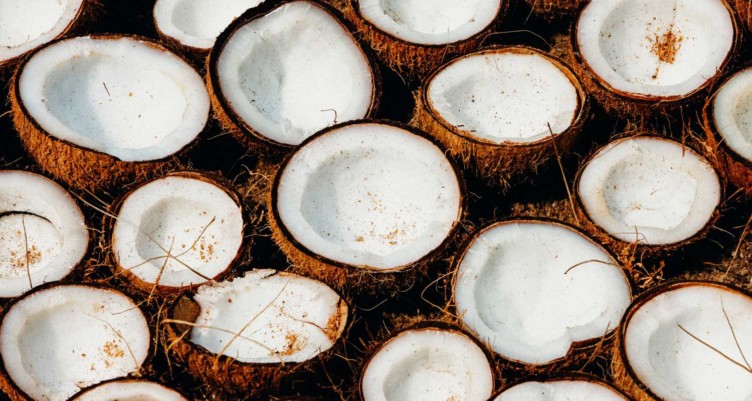
- Coconut oil is good for you. It’s a cheap and abundant source of lauric acid, a medium-chain triglyceride (MCT).
- In the US, coconut oil and MCT oil manufacturers are legally allowed to claim that lauric acid is an MCT because chemists named it that way, even though biochemists recognize that it does not act like other true biological MCTs in your body.
- If you are counting on plain coconut oil or “MCT-labeled” oil to get enough useful MCTs, think again. Odds are you’re getting very few of the potent shorter chain MCTs (C8 and C10), and lots of the cheaper but ineffective lauric acid.
If you’ve been drinking Bulletproof Coffee made with MCT oil, you’ve already felt the powerful effects these brain-boosting fats have on your energy and cognitive function.
MCT oil, especially C8 MCT oil, in your coffee and on your food can raise fat-burning, brain-fueling molecules in your body called ketones much more than coconut oil alone. But how is MCT oil different from coconut oil? Read on to find out.
What is MCT oil?
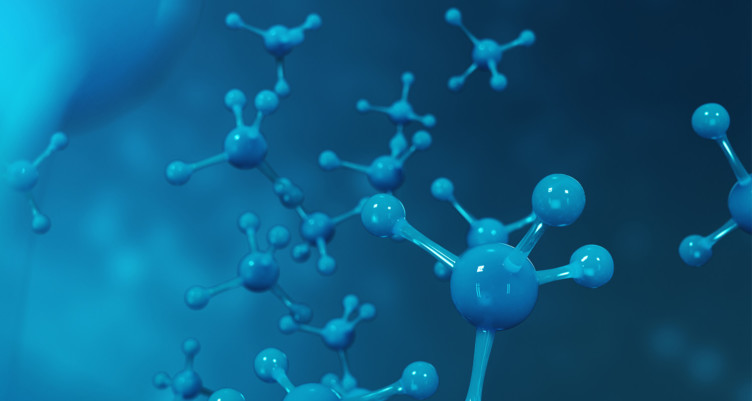
MCT stands for “medium-chain triglycerides” or “medium-chain fatty acids.” These are types of fat most often derived from coconut oil but sometimes made from palm oil.
MCT oil is colorless, odorless, and stays liquid at room temperature, making it the perfect fat to add to food, smoothies, and coffee for extra energy and brain-boosting benefits.
Learn more about MCT oil with this helpful guide.
MCT oil vs. coconut oil
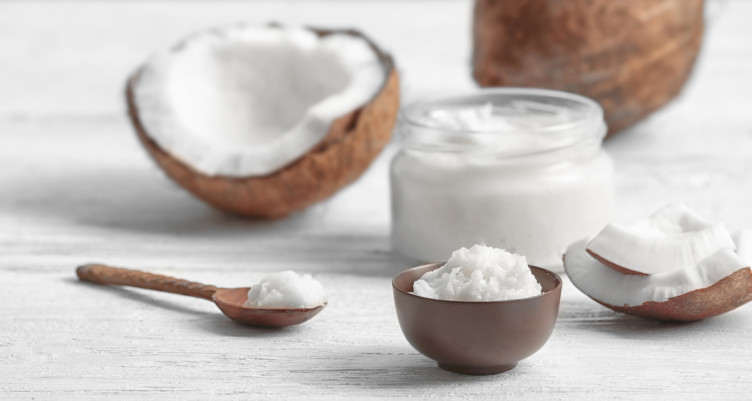
Coconut oil is blowing up in the health and wellness scene, but there’s a catch to all the so-called benefits. Coconut oil contains different strains of fats and not all of these strains are equally effective for energy and fat loss. That’s why I specify the exact types of oils that work best in “The Bulletproof Diet,” and why Bulletproof makes Brain Octane Oil and MCT Oil, neither of which is the plain MCT oil found in coconut oil.
The coconut oil industry loves to market the idea that coconut oil is a great source of MCTs because it’s “62% MCT oil” — but is that really true?
Don’t get me wrong — just about all the cheap and abundant oils in coconut oil are good for you, which is why coconut oil is high on the list of Bulletproof foods! The problem is that studies show you can’t get enough of the really useful MCTs from just eating coconut oil or a so-called “MCT oil” that is diluted with lauric acid, a useful, but cheap, and hugely abundant part of coconut oil that is marketed as an MCT oil.[1][2]
Related: What Is MCT Oil? The Definitive Guide
How do MCTs work?
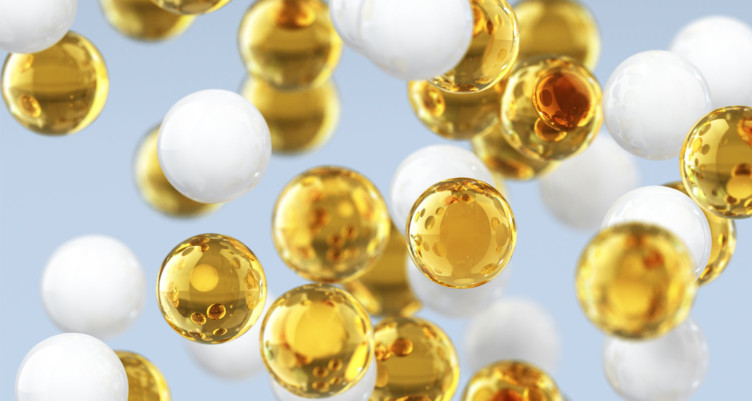
There are several types of fatty acids in coconut oil, but only four strains of MCTs:
- Caproic acid (C6)
- Caprylic Acid (C8)
- Capric Acid (C10)
- Lauric Acid (C12)
MCTs are known for providing you with quick energy and a sharper brain. They’re absorbed more quickly than other fats and easily converted into energy. Or at least three of them are.
All four are categorized as MCTs, but only C6, C8, and C10 bypass your digestive tract and go straight to your liver where they’re broken down into energy-packed ketones, then sent out to the rest of your body via your bloodstream.[3] That quick conversion of fat to ketones for energy is what most people look for when they buy MCTs.
C12, on the other hand, behaves much more like a typical fatty acid, going through your stomach, breaking down in your small intestine, then absorbing in your blood to get turned into energy. And, unfortunately, C12 is the main “MCT” in most MCT oils and in coconut oil. We’ll get to that later.
Related: How MCT Oil Can Power Your Workout
What are the different types of MCT fats?
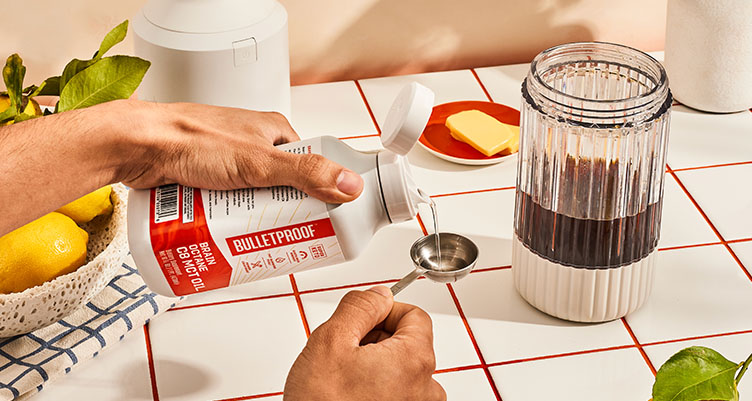
Caproic Acid (C6)
There’s not enough of it to matter in coconut oil, it tastes bad, and it often results in stomach/gastric upset, but it converts quickly to ketones! If your generic MCT oil makes your throat burn or has a weird flavor, one reason may be that the distillation process didn’t remove enough of the C6. There are other reasons this can happen, too. We’ll cover that below.
Caprylic Acid (C8): ~6% of coconut oil
C8 is the fastest to metabolize to provide brain fuel. (This is Brain Octane Oil.) Your liver does not need to process this rare type of MCT, and it takes many fewer steps than sugar for your body to turn it into ATP, the cellular fuel you use. [4] This is why Brain Octane is so good at suppressing cravings and is the most powerful oil to put in Bulletproof Coffee. You would need 4 tablespoons of coconut oil to get just one tablespoon of Brain Octane.
Capric Acid (C10): ~9% of coconut oil
This is the second shortest form of MCT, also rare. It is slower to turn into energy but more affordable than C8. MCT Oil is triple-distilled in a non-oxygen atmosphere with no solvents ever used, and it contains C10 and C8, because these are the only two MCT oils that turn into ATP quickly.
Lauric Acid (C12): ~50+% of coconut oil
It requires a pit stop in the liver rather than getting immediately converted into energy like the other MCTs above. This is why it is more accurately described as an LCT, not an MCT like marketers claim. It raises cholesterol more than any other fatty acid (not necessarily a bad thing.)
C-14 and above
These are the widely recognized LCTs, or long chain fatty acids in coconut oil, mostly saturated, including stearic acid (C18:0), oleic acid (C18:1), and linoleic acid (18:2). The exact percentage of each depends on the region the coconut is grown, time of harvest, and other growing variables. They are good as a fuel source, but they are also widely available in other oils, and you won’t benefit from eating a lot more of them compared to eating true medium chain fatty acids.
Want lauric acid? Just eat coconut oil
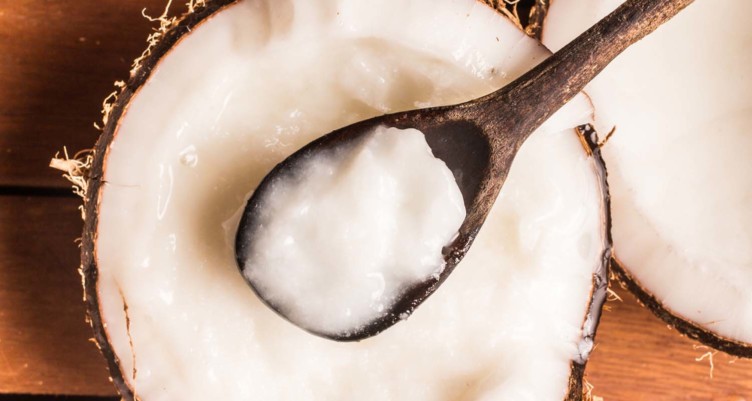
Lauric acid is simply not the most effective way to fuel your brain and body. It does not create energy in the brain the way that biological true MCTs, such as our MCT oil or Brain Octane, do.[5]
So if you want lauric acid – and you do because it definitely has some benefits – then don’t waste your time and money separating it out of coconut oil: just eat some coconut oil. And enjoy that coconut oil, because it’s both delicious and abundant in this nice fat.
You can get abundant lauric acid by just eating a tablespoon or two of coconut oil; there is no benefit to refining it and buying it separately when it’s so common in plain coconut oil. If you use cheap lauric acid to cut the potency of true biological MCT oil, you’re making it so weak that you’re not going to feel the energy effects that come from the much more powerful C8 or C10 MCTs found in MCT oil or Brain Octane.
If you’re ready to give MCT oil a try, discover the best ways to use it here.
Read next: MCT Oil Benefits: 6 Science-Backed Reasons to Use MCT



